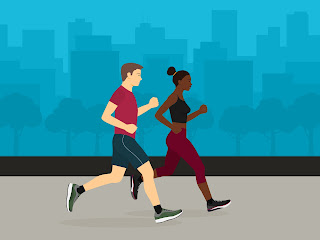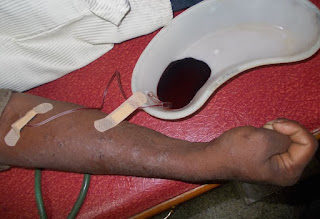Ayurveda Tips for Diarrhoea

Passing of frequent liquid stools is a condition which is most commonly brought about by an infection entering the body either through the food that is eaten or the water that is drunk. The infection may be caused by bacteria, bacilli, worms, etc. Sometimes stress or emotional tension can also lead to diarrhea. From nutritional point of view, one should understand that absorption of nutrients from the small intestine is much reduces, since the food is passed out too rapidly to be digested. Also, with frequent passage of liquid stools, much water is being lost from the body. Foods with high fiber content and spices that will irritate the digestive tract should be avoided and plenty of liquids should be taken. Foods of low fiber content and liquid or semisolid form like rice gruel, lentil soups especially of orange lentil, juices, buttermilk, yoghurt are beneficial. Have frequent small meals than few big ones. Drink plenty of water preferably boiled and cooled. A...


